For the love of tools
 Ask any craft person about their favorite tools and you will almost without exception enjoy an interesting conversation that provides a very personal view of how people think about and do their work. What makes one tool more valuable than the others? Why are the handles of one or two tools more polished with use?
Ask any craft person about their favorite tools and you will almost without exception enjoy an interesting conversation that provides a very personal view of how people think about and do their work. What makes one tool more valuable than the others? Why are the handles of one or two tools more polished with use?
Software tools are maybe a little more of an esoteric topic. But doing what we do, we need them, and we use them every day. Atlassian Cloud is one of our very favorites. It is certainly our most used. At any given time during the workday, there is at least two or three of the Atlassian products in use by different members of our crew.
We really like it – it’s versatile, flexible, and, with some application and discipline, it can add a lot of efficiency to the process of running technical projects and building software. Especially if your team is using Agile methods.
The Atlassian Cloud

Initially, we started by simply using JIRA to create and assign tasks to our developers. We plugged Tempo in so that we could track time. Eventually, we started using Confluence. It started as a way for our solution architect to write up technical descriptions of JIRA tasks for our developers, but we soon moved into making Confluence the central hub of a project. Each project now has a main page, with various macros that show issues, progress and any other key stats and performance indicators we want to track.
Confluence is super easy to use and allows for better team collaboration. Threaded comments make it easy to track discussions related to particular issues or tasks. We love using the Gliffy plugin to create attractive and easy to understand diagrams. We’ve recently begun to create Confluence spaces for clients in order to provide constantly up-to-date documentation and FAQ for the products that we’ve developed for them. We’ve also integrated issue tracking capabilities directly into our software so our developers and testers share a common means of logging and following the status of issues with our customers; software users can log issues directly from a product UI and they are automagically added to the tracking system together with relevant action and exception details.
Atlassian helps us be better at Agile
Much of our development work is informed by the principles of %28software_development%29” target=”_blank”>product backlog and to assign the constituent items into sprints, epics, versions and so on. The tools are presented with a pleasingly intuitive logic – lots of drag and drop gestures, highlight/click and there you have the actions you would hope for.
Our development team uses Bitbucket as a code repository. Every code check-in can be tracked to a JIRA issue. Code check-ins cause an auto-build of an application, so that once a developer submits their work, our testers will get a status notification and will know specifically what’s ready for them to start testing. If the code tests fine, our tester can then close that issue in JIRA. If they find a bug, they can quickly re-open that issue and have the developer take a look and fix the problem.
There’s so much there!
While we’ve jumped deeply into the Atlassian Cloud, we have only just started to scratch the surface. There’s still so much more that we have yet to utilize. We’d love to hear from our fellow Atlassian Cloud users with ways that they’ve utilized this great set of tools.
A note on the pictures
While this is a totally serious blog post (we really do love Atlassian and can’t imagine how we’d operate without them), the pictures that we used are free stock images made by the cast of the new Vince Vaughn movie, Unfinished Business. Anyone who has searched for decent stock images knows how utterly ridiculous business stock images are. I had been thinking of writing this blog post for a while, and when I saw these images, I knew that I had the perfect stock photos to accompany it. Thanks Vince Vaughn and THANKS Atlassian!





